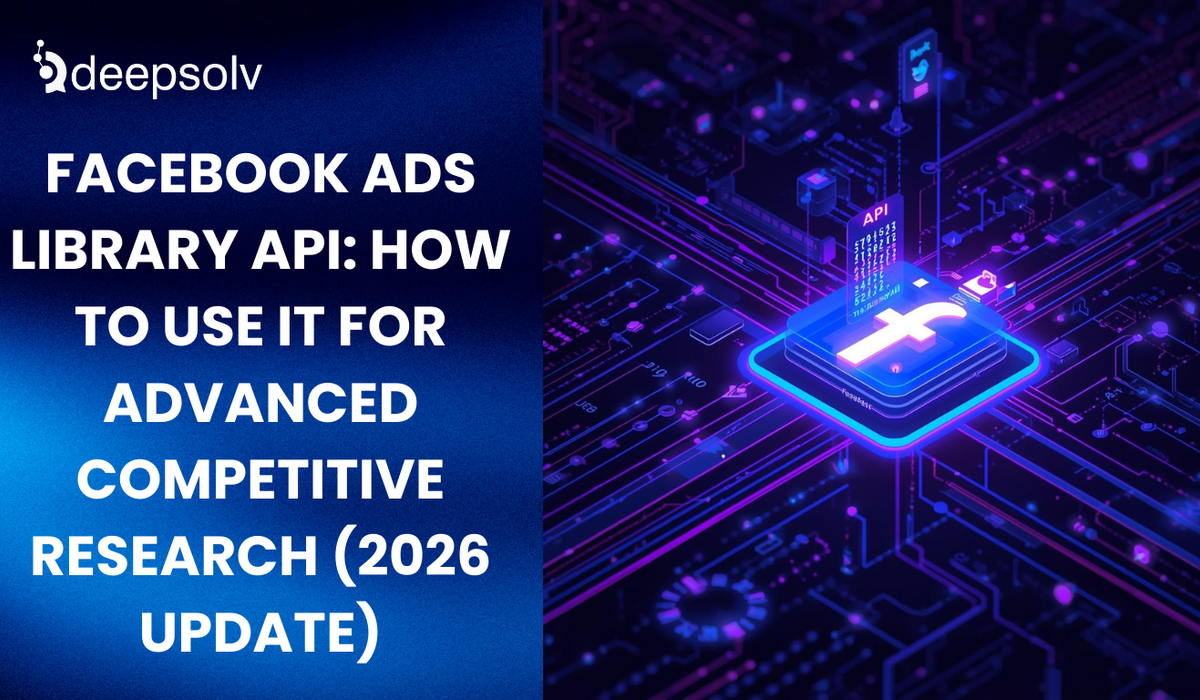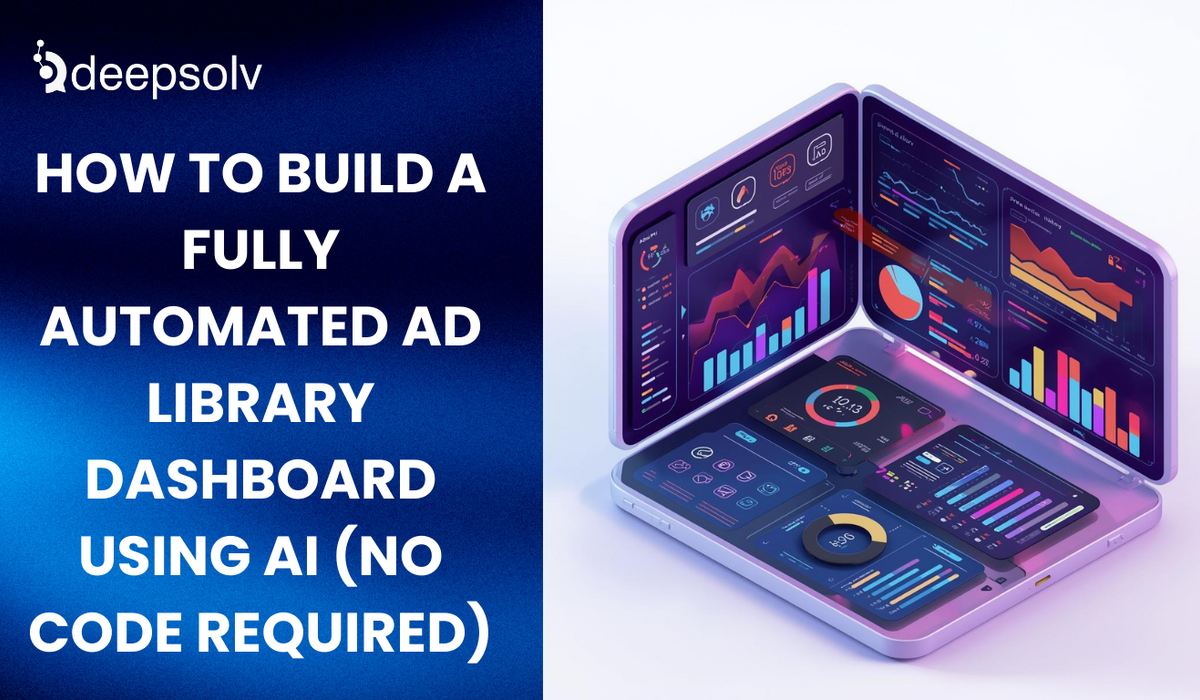Instagram Influencer Marketing: The Ultimate Blueprint for Brands
5 min read
Published: 5/12/2025
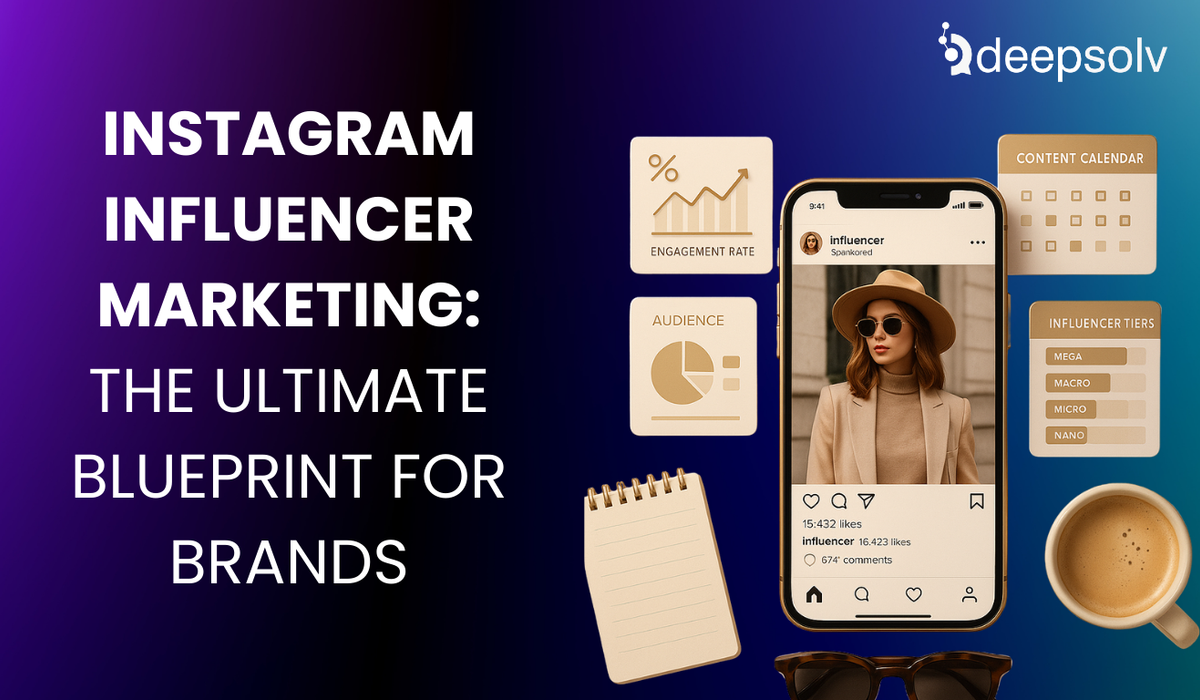
In 2025, influencer marketing on Instagram is no longer an experiment; it’s a proven, data-driven strategy that delivers measurable ROI. Whether you’re a small startup or an established brand, knowing how to do influencer marketing on Instagram helps you cut through the noise and connect directly with the audiences that matter.
This guide offers a detailed, step-by-step blueprint with rich, real-world examples and actionable strategies you can apply right away.
Why Influencer Marketing on Instagram Still Works
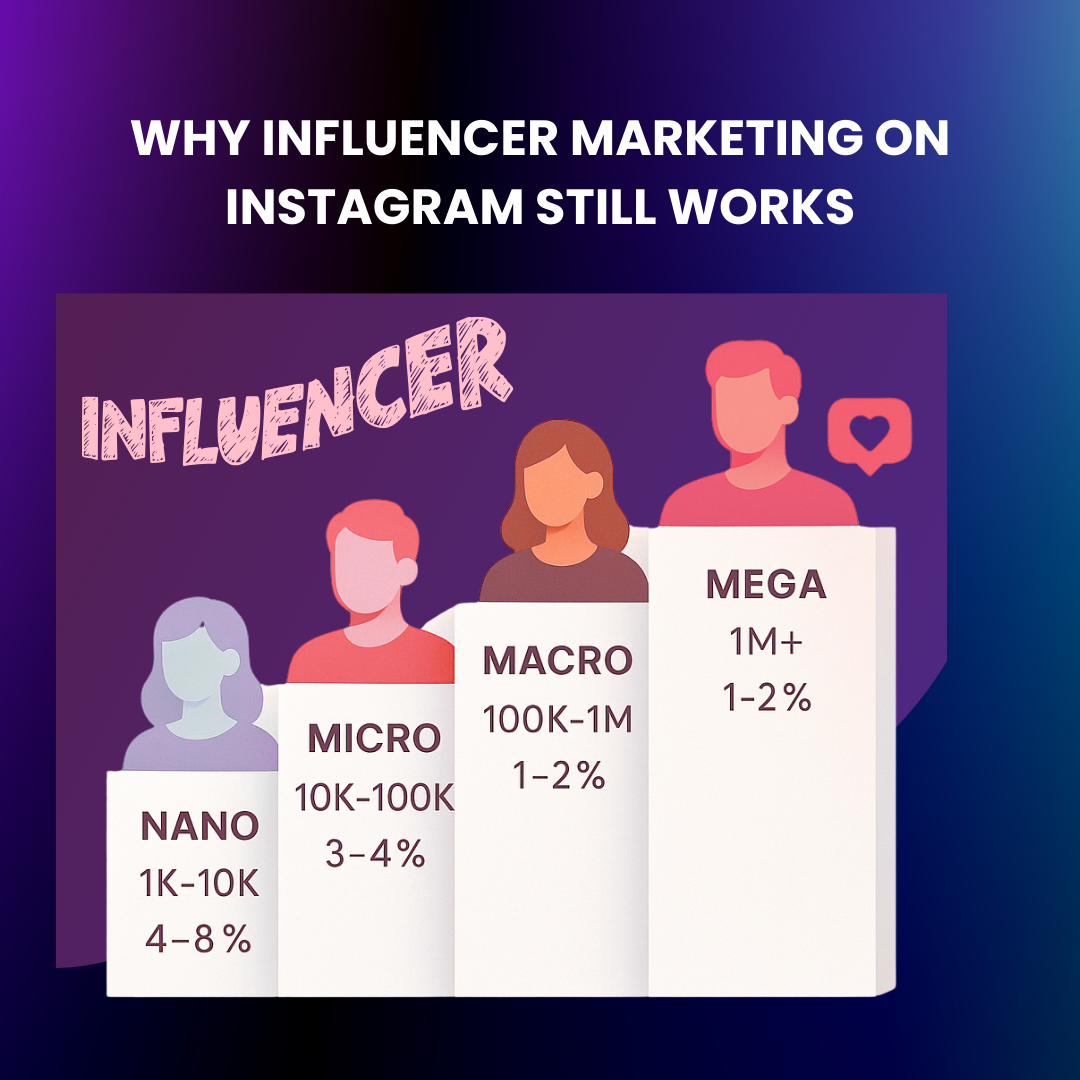
According to the 2025 Influencer Marketing Hub Report, influencer marketing generates $5.20 for every $1 spent, making it one of the top-performing marketing strategies.
Instagram remains the leading influencer platform because of:
- Visually engaging content that sparks emotional connection
- Built-in shopping features like product tags and affiliate links
- A massive influencer ecosystem covering every niche imaginable
For Instance: Outdoor Voices, an activewear brand, has scaled successfully by collaborating with micro and nano influencers who share authentic stories of “doing things”- real people enjoying movement, not just fitness models. They host in-person events (like group runs or hikes) where influencers and local customers connect, blending offline and online communities. This authenticity builds deep trust, boosting repeat purchases and social sharing.
Step 1: Define Your Goals and Audience
Before approaching influencers, clarify:
- Are you driving brand awareness, lead generation, or direct sales?
- Who exactly is your target audience (age, gender, location, interests)?
- What action do you want followers to take (click link, follow, purchase)?
For Instance: Athletic Greens, known for their daily greens supplement, focuses on health-conscious millennials living in urban hubs. They partner with influencers who specialize in wellness, fitness, and holistic health, ensuring campaigns directly drive traffic to their subscription landing pages. Their influencer briefs are precise: they aim for long-form educational Reels, not just simple product photos.
Takeaway:
Tie each influencer collaboration to specific, measurable outcomes. This way, you can ensure that every collaboration’s success is backed by data and real insights.
Step 2: Choose the Right Influencers
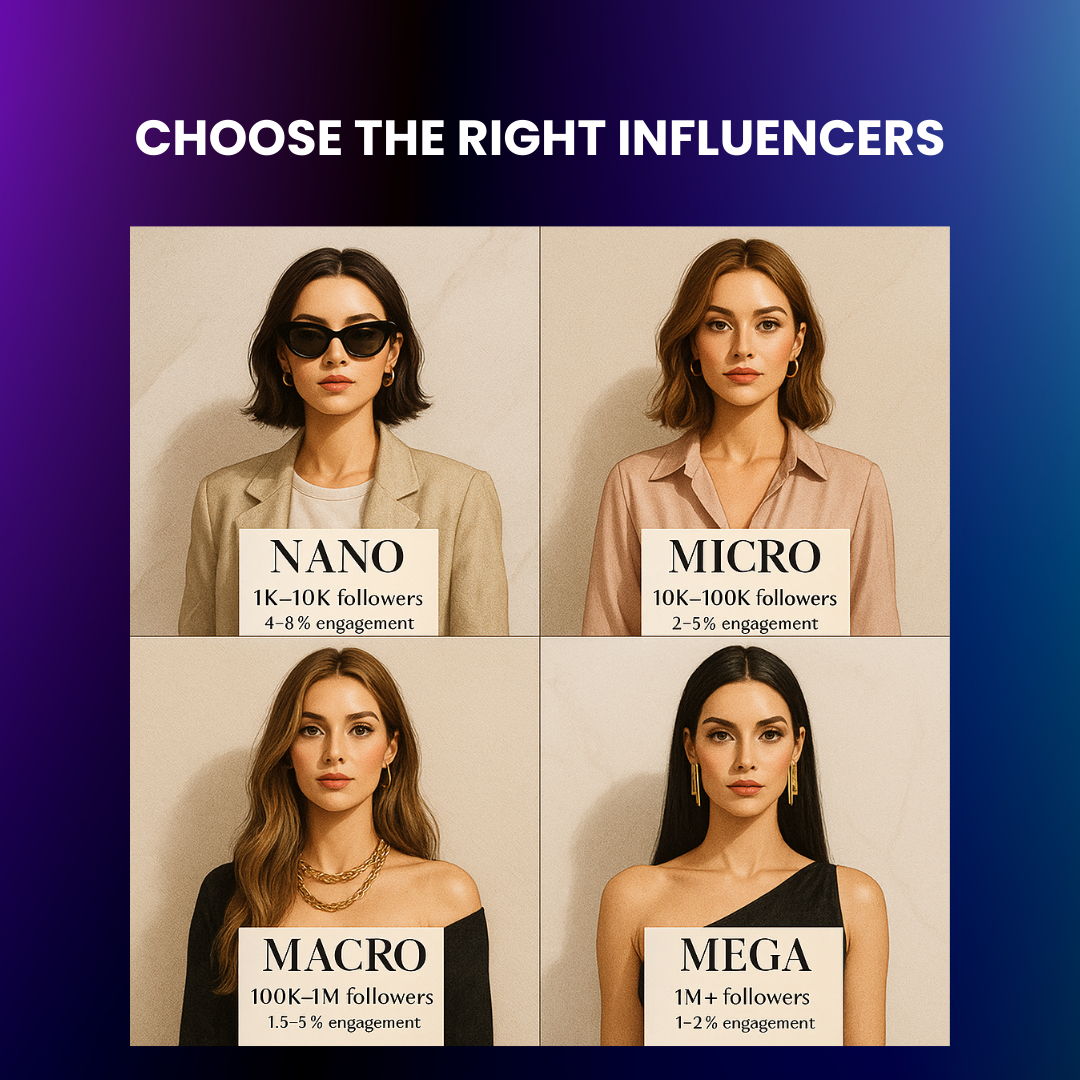
Not every influencer fits every campaign. Understand the tiers:
- Nano (1K–10K followers): High trust, affordable, highly niche
- Micro (10K–100K): Strong engagement, targeted audience
- Macro (100K–1M): Broad awareness, professional production
- Mega (1M+): Celebrity status, mass reach, expensive
For Instance: Parade, the Gen Z underwear brand, deliberately works with micro-influencers who embody body positivity and inclusivity. Instead of focusing on celebrity names, they amplify everyday creators who spark authentic conversations. For instance, they’ve run campaigns with LGBTQ+ micro-influencers who share personal stories of comfort and self-expression wearing Parade products, boosting engagement by over 30% compared to macro campaigns.
Takeaway:
Select influencers not by vanity metrics but by alignment, engagement, and audience fit. For instance, a lot of brands prefer to work with micro and nano influencers as they generally have a higher and niche audience, as compared to macro and mega influencers. This proves the fact that influencer marketing isn’t all about money.
Step 3: Craft the Perfect Collaboration
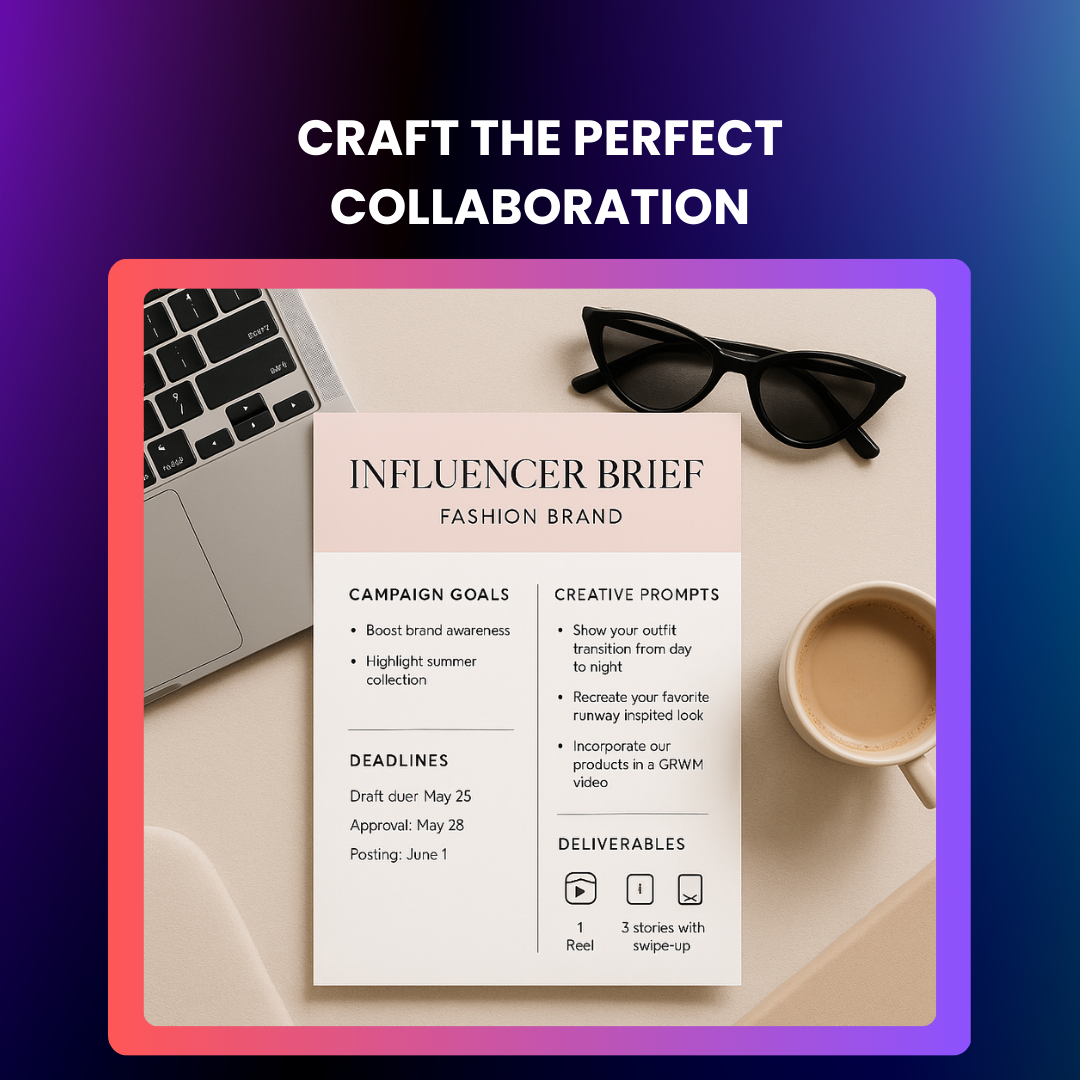
Effective influencer partnerships come from clear communication:
- Provide storytelling prompts (not just “show the product”)
- Define deliverables: Reels, Stories, static posts, Lives
- Clarify deadlines and approval timelines
- Discuss reposting and content usage rights upfront
For Instance: Mejuri, the jewelry brand, runs the "Styled by You" series, where influencers showcase unique jewelry stacks and combinations. Instead of dictating the style, Mejuri encourages creators to mix pieces authentically, reflecting their personal tastes. This balance of direction and freedom makes the campaign feel genuine and has helped Mejuri grow its Instagram community to over 1 million engaged followers.
Takeaway:
Strong briefs empower creativity while aligning with your brand’s goals.
Step 4: Amplify and Measure Campaign Impact
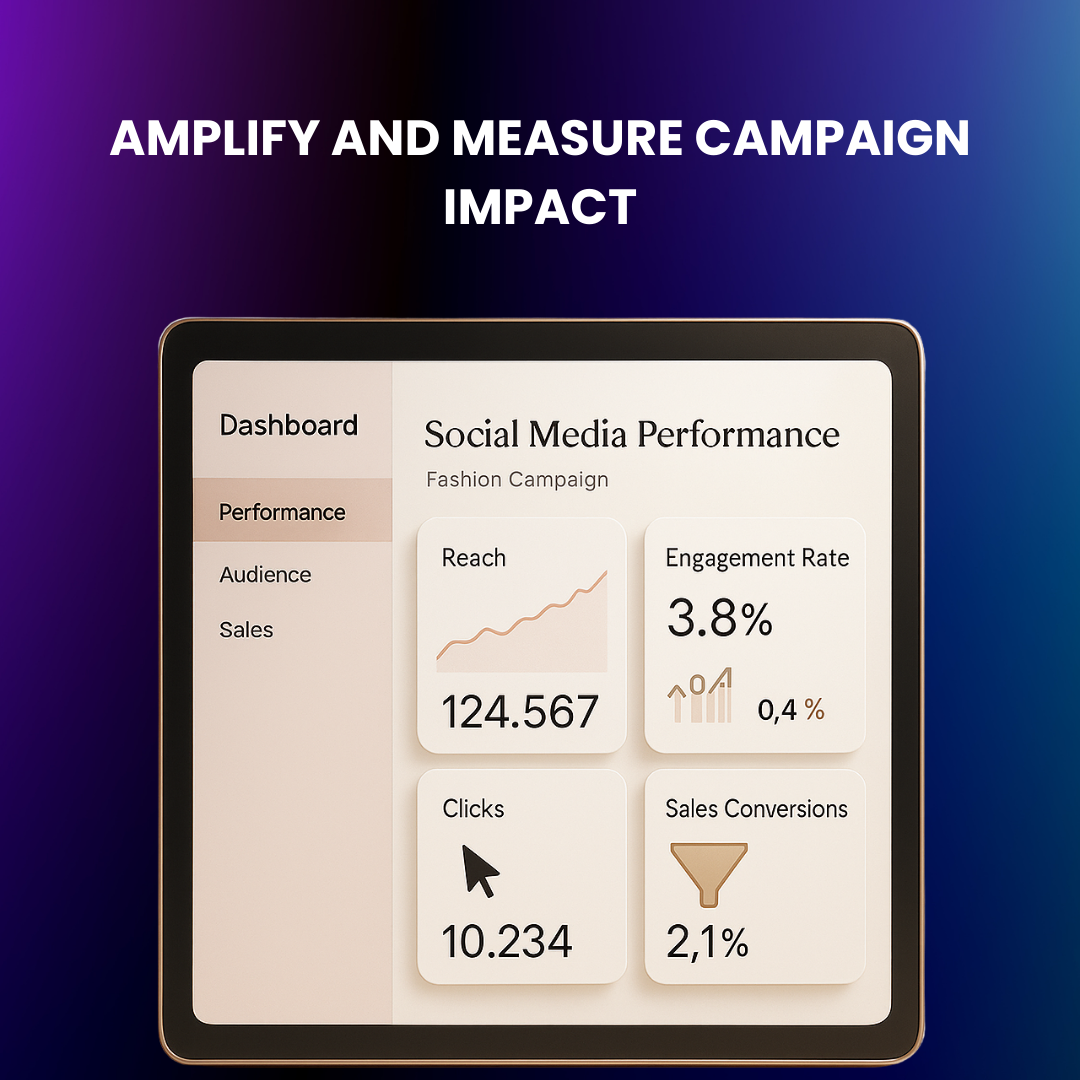
To maximize influencer ROI:
- Reshare influencer content on your own profile and Stories
- Use branded hashtags and monitor mentions
- Provide UTM links or unique discount codes for tracking
- Focus on conversions, saves, and DMs- not just likes
For instance: Our Place, known for the Always Pan, partners with influencers who create authentic cooking Reels and tutorials. By assigning unique discount codes to each influencer, they track exactly how many sales are driven per collaboration, giving them full visibility into ROI. Influencer content is then reshared on the brand’s own channels, expanding reach and reinforcing community trust.
Takeaway:
Treat influencer campaigns like performance marketing: measure, analyze, optimize. Analyse the metrics that matter for you, and then assess the results of your influencer marketing campaigns accordingly. Some of these can be brand awareness campaigns, while others can also be sales one.
SEO FAQs: Influencer Marketing on Instagram
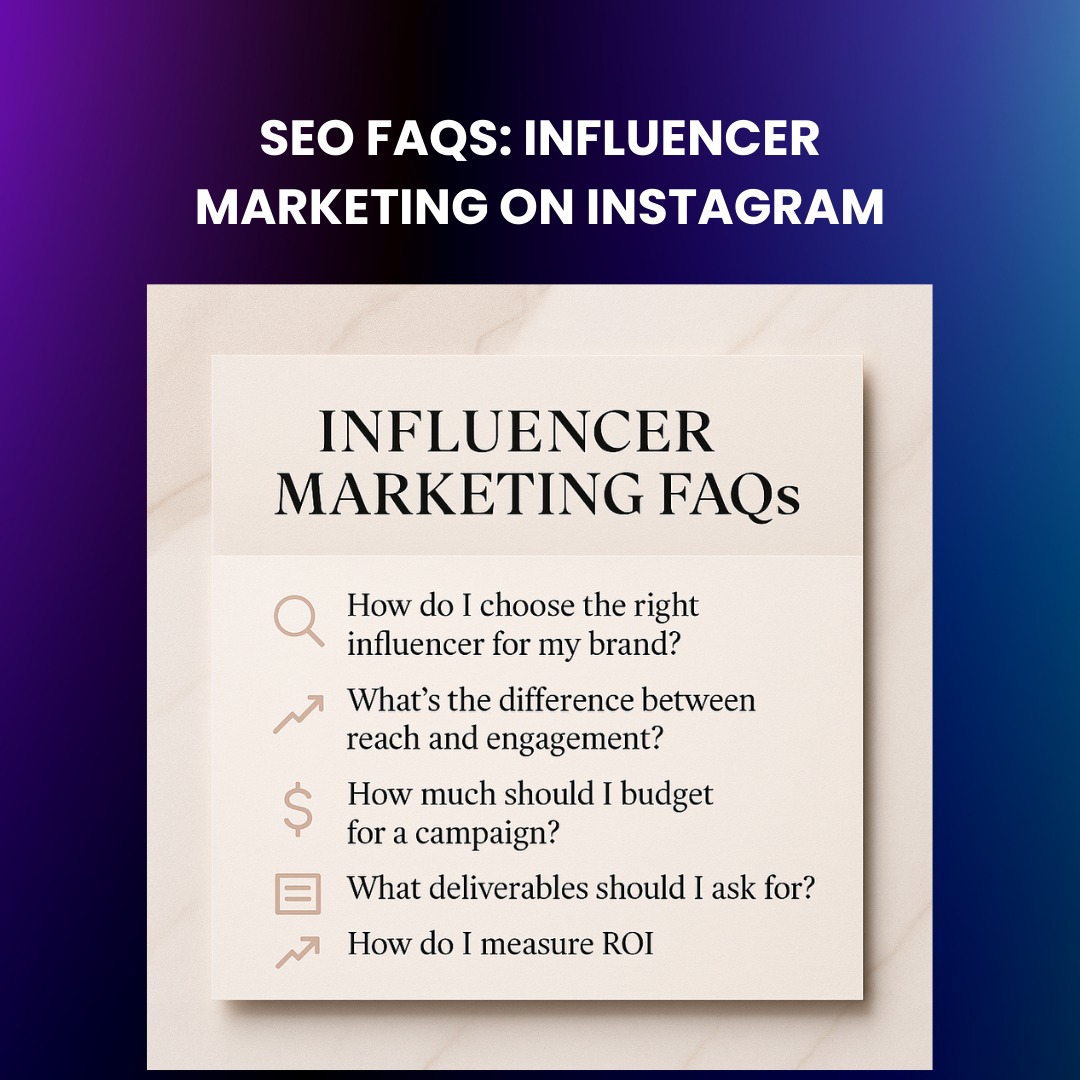
Q1: How much does influencer marketing on Instagram cost?
Nano-influencers: $50–$200/post; micro: $200–$1,000/post; macro: $1,000–$10,000+; mega: $10,000+ per campaign. Always negotiate based on expected impact.
Q2: How do you choose between micro and macro influencers?
Micro-influencers often deliver higher engagement and niche relevance. Macro influencers offer scale but may have lower engagement rates.
Q3: Can small brands afford influencer marketing?
Yes! Start with gifted collaborations or affiliate-based deals with nano and micro influencers.
Q4: How do you track influencer success?
Use discount codes, affiliate links, and analytics tools like Instagram Insights or third-party platforms to measure reach, engagement, and sales.
Q5: Should you work with an agency or go direct?
For small campaigns, direct outreach is cost-effective. For larger multi-influencer campaigns, agencies or influencer platforms (like Fohr or Upfluence) provide scale and management.
Final Takeaways for Instagram Influencer Marketing
Let’s now summarise all tips that brands need to focus upon for successful influencer marketing,
- Define clear goals and know your audience.
- Partner with influencers who authentically align with your brand values.
- Craft detailed but flexible briefs to allow creative freedom.
- Amplify influencer content on your own channels.
- Track real business outcomes, not just vanity metrics.
Pro Tip: Tools like Deepsolv help brands turn influencer-driven engagement (comments, DMs) into actual sales by automating responses, personalizing follow-ups, and measuring lead quality.
Want to supercharge your influencer campaigns? Book a free call with Deepsolv to discover how smart comment and DM automation can help you convert influencer-driven traffic into loyal customers.

